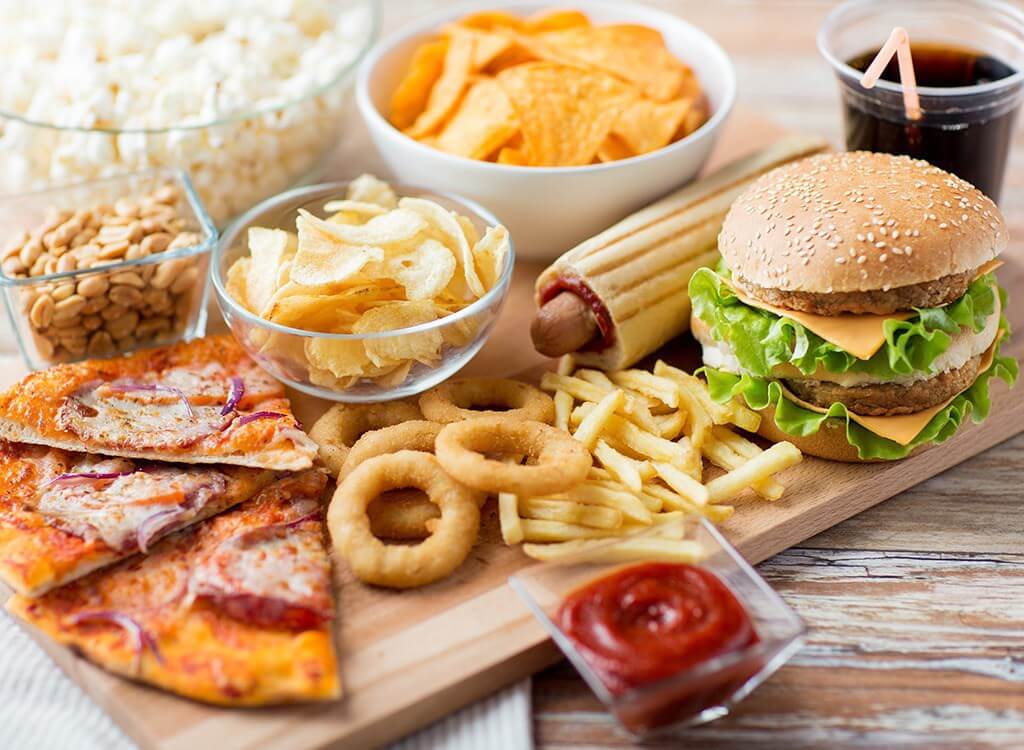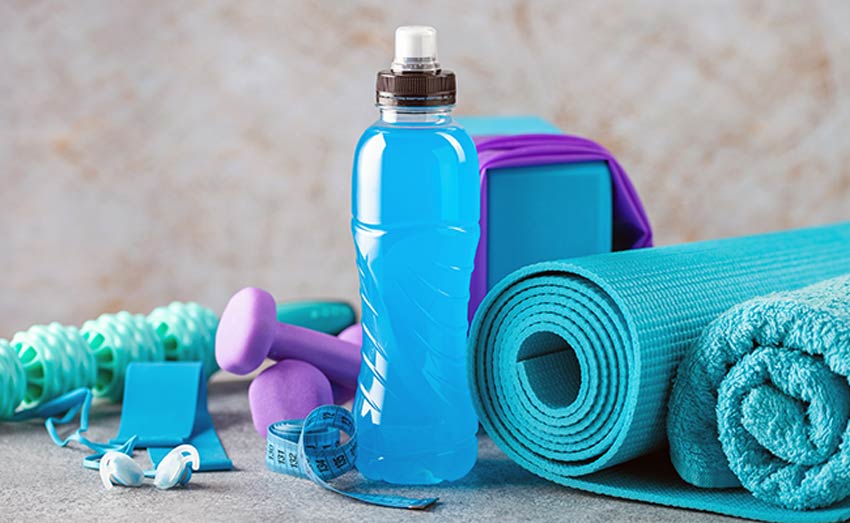ALL ABOUT CARBON REBOUND
What is “carbohydrate rebound”?
In bodybuilding, and especially in the discipline’s competitions, you have surely already heard of “carbohydrate rebound” or carbohydrate discharge during dry periods, without necessarily knowing what it really is.
The carbohydrate rebound can be used for other purposes, apart from the approach of competitions. Sometimes, as part of a cut or weight loss, you always want to go faster.
We are going to define what a carbohydrate rebound is which can be assimilated to the increase in glycogen reserves in order to obtain a better visual rendering.
It is a simple phenomenon to understand but difficult to put into practice place to be truly effective. Well controlled, the carbohydrate rebound can allow you to gain a few places in your future competition.
To best explain the carbohydrate rebound, it is important to understand the role of carbohydrates: they provide energy to our body to carry out daily tasks and perform well in the gym. Remember, however, that 1g of carbohydrates brings 4kcal in your diet and are used mainly to adjust your total calories to allow you to either achieve a dry or a mass gain.
Indeed, when desired gain weight, we gradually add carbohydrates to their diet and vice versa during dry periods. By reducing carbohydrates, we necessarily decrease our glycogen reserves (carbohydrates stored in the muscles).
So this is a technique that only applies during dry periods, hence the name “rebound” which means that you will suddenly incorporate carbohydrates into your diet.
How to do a carbohydrate rebound?
Glycogen is present in the liver (30% hepatic) and in the muscles (70% muscle) and is the body’s form of sugar reserves. When these muscle reserves decrease, the muscles appear flat visually. This means that the athlete has achieved a significant level of lean and may be improved during a stage performance to appear more “bloated” with more noticeable and larger muscles while losing your fat.
To precede that, we will therefore use the carbohydrate rebound which will be set up about 1 to 3 days before the competition, with a diet rich in carbohydrates. This sudden increase in carbohydrates after removing them during the preparation phase for competition will allow mass glycogen reserves to be stored to give a more inflated appearance to the muscles and restart the metabolism. Thus, you will be able to increase your muscle volume for a more massive appearance in front of the judges during your competition.
This action is due to the stored water since 1g of glycogen retains 3g of water. It is a technique tested and approved by competitors who use this method when their glycogen stores are at their lowest and who wish to display a more massive physique on stage. Be aware, however, that the visual rendering is temporary and that it is not good for your health to do this if you do not prepare for a competition.
A carbohydrate rebound is not like a “cheat meal” because it’s all about increasing carbohydrates and not fat to jump-start metabolism and increase glycogen stores.

Do not confuse carbohydrate rebound with cheat meal!
A carbohydrate rebound is not like a cheat meal. For the carbohydrate rebound, it is a question of increasing your carbohydrates but while maintaining your usual lipid level. In addition, carbohydrates are good if we refer to the glycemic index. The primary objective is to restart the metabolism and increase its glycogen stores.
Regarding the proportion of carbohydrates to ingest, there is no rule. It should be tested and adjusted according to the result obtained. As a first step, for example, you can triple your carbohydrate ratio. Refer to your carbohydrate count from the previous week for your calculation.
The cheat meal consists of eating beyond your daily needs, generally for pleasure. Foods are generally fatty and therefore rich in lipids and carbohydrates. Then, each athlete has their own definition of cheat meal. For some, the cheat meal will remain controlled and for others it will slip into a cheat day based on aperitifs, pizza, soda and other burgers. The goal is mostly psychological or social. We want to have fun with friends over a meal, let go of the diet and then start a new week.
The risks of carbohydrate rebound
If the carbohydrate rebound is left unchecked, you are exposed to two major risks that can ruin your goals. Indeed, it is not recommended to use this technique if you are a beginner or if you do not have the necessary knowledge. Thus, you are exposed:
- Feeling unwell: your body will undergo a sudden change that may cause uneasiness. Indeed, it is a matter of knowing your body well and applying this technique by adjusting the carbohydrate calculations on a case-by-case basis so that it can be effective.
- Gain Fat: If you mismanage this method, you risk regaining fat and thus ruining your hard-prepared hair. It is therefore advisable to be followed by a professional to apply such a technique.
In summary
The carbohydrate rebound can be useful near a competition in order to appear fuller on stage or to jump-start your metabolism. However, the hormonal system does not like such sudden changes too much so this technique should be used sparingly! This type of bounce is very dangerous to your health if left unchecked so use this technique only if necessary!



